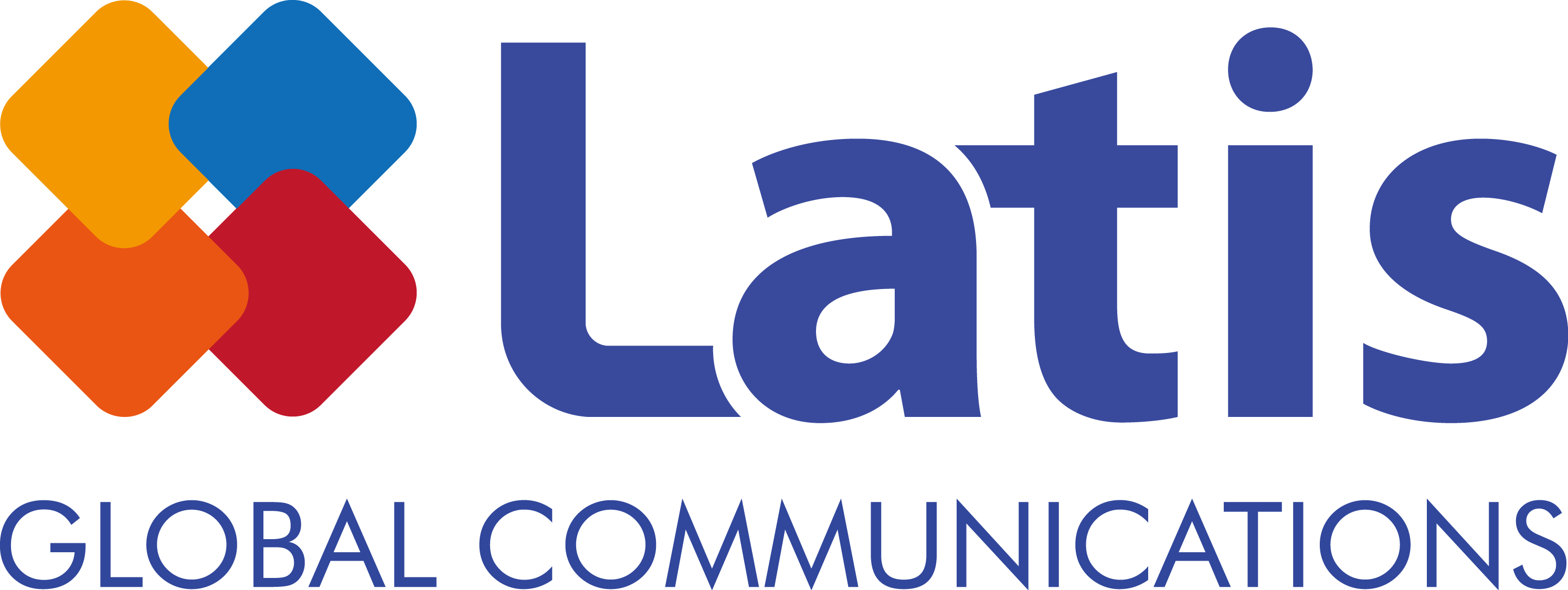
In recent years, the call for diversity in video games has grown louder and more urgent. Players are seeking representation and inclusivity that reflects the rich diversity of humanity. As game developers, it’s our responsibility to answer this call and create experiences that resonate with players from all walks of life. Here’s a comprehensive guide on how to infuse diversity into your game development process:
1.Start by asking yourself “What is my intent?”
Before diving into development, establish a clear intention to prioritize diversity and representation. Take for instance, “The Last of Us Part II”, it stands out for its diverse cast of characters, each with their own identities, backgrounds, and motivations. Ellie herself is a complex protagonist who defies traditional gender roles, while other characters such as Dina, a queer woman, and Lev, a transgender boy, contribute to the game’s diversity.
2. Educate Yourself
Take the time to educate yourself and your team about the various aspects of diversity. This includes understanding different cultures, identities, and experiences. Seek out resources, workshops, and experts in diversity and inclusion to broaden your knowledge.
Fill your game with characters from different backgrounds that reflect a range of genders, ethnicities, sexual orientations, abilities, and body types. Avoid stereotypes and tokenism by crafting well-rounded characters with depth and complexity. Just like in “Overwatch” by Blizzard Entertainment, the game features a variety of characters representing different genders, ethnicities, sexual orientations, abilities, and body types.
4. Inclusive Storytelling
Incorporate diverse narratives and storylines that highlight the experiences of marginalized communities. Explore themes of identity, belonging, and social justice in your storytelling to create meaningful connections with players. Look at “The Witcher 3: Wild Hunt”, which shows inclusive storytelling by exploring diverse narratives and themes such as identity, belonging, and social justice. Through encounters with characters from marginalized communities like elves and dwarves, players gain insight into issues of discrimination and prejudice. Engaging with these narratives fosters empathy and understanding, creating meaningful connections between players and the game world.
5. Consultation and Collaboration
Collaborate with individuals from diverse backgrounds during the development process. Seek feedback and input from consultants, focus groups, and community members to ensure authenticity and cultural sensitivity.
For example, in the development of “Assassin’s Creed: Valhalla,” Ubisoft consulted with historians, cultural experts, and Indigenous communities to accurately represent Norse culture and the experiences of Indigenous peoples in the game’s setting.
6. Accessibility
Prioritize accessibility features to make your game more inclusive and playable for a wider audience. Localization, for instance, is an essential accessibility feature that ensures the game is available in multiple languages, allowing players from different regions to fully engage with the content. This enables individuals who may not be fluent in the game’s original language to enjoy and understand the game, enhancing inclusivity and broadening its reach. Companies like Latis Global, renowned for their expertise in localization, have been trusted by renowned game developers worldwide, ensuring high-quality and culturally sensitive translations.
7. Community Engagement
Build a welcoming and inclusive community around your game. For example, “Animal Crossing: New Horizons” by Nintendo has created a vibrant online community where players can share their experiences, exchange custom designs, and connect with others from around the world. The game’s diverse player base has led to the formation of inclusive spaces where players of all backgrounds feel valued and respected. Additionally, Nintendo regularly solicits feedback from players through surveys and social media channels, allowing them to contribute to the ongoing improvement of the game’s diversity and representation.
In addition to building a strong community, using player support services like Latis Global improves the gaming experience. Latis Global goes the extra mile by offering personalized help based on players’ language preferences. Their Latis AI quickly and accurately answers questions, making sure players get the support they need in their chosen language. This boosts inclusivity and accessibility for all gamers.
8. Continuous Learning and Improvement
Diversity and inclusion are ongoing commitments that require constant reflection and evolution. Stay open to feedback, learn from mistakes, and continuously strive to improve representation in your games.
9. Lead by Example
As game developers, we have the power to lead by example and drive positive change in the industry. Champion diversity and inclusion not just in your own games, but also in the broader gaming community.
By following these guidelines, game developers can create richer, more inclusive gaming experiences that resonate with players from diverse backgrounds. Together, let’s make diversity a cornerstone of game development and pave the way for a more inclusive gaming industry.
Contact Latis Global for your Localization Services.
In addition to building a strong community, using player support services like Latis Global improves the gaming experience. Latis Global goes the extra mile by offering personalized help based on players’ language preferences. Their Latis AI quickly and accurately answers questions, making sure players get the support they need in their chosen language.
For inquiries about localization services, contact Latis Global through their website or email at contact@latisglobal.com. Let’s make sure your game reaches players worldwide!

